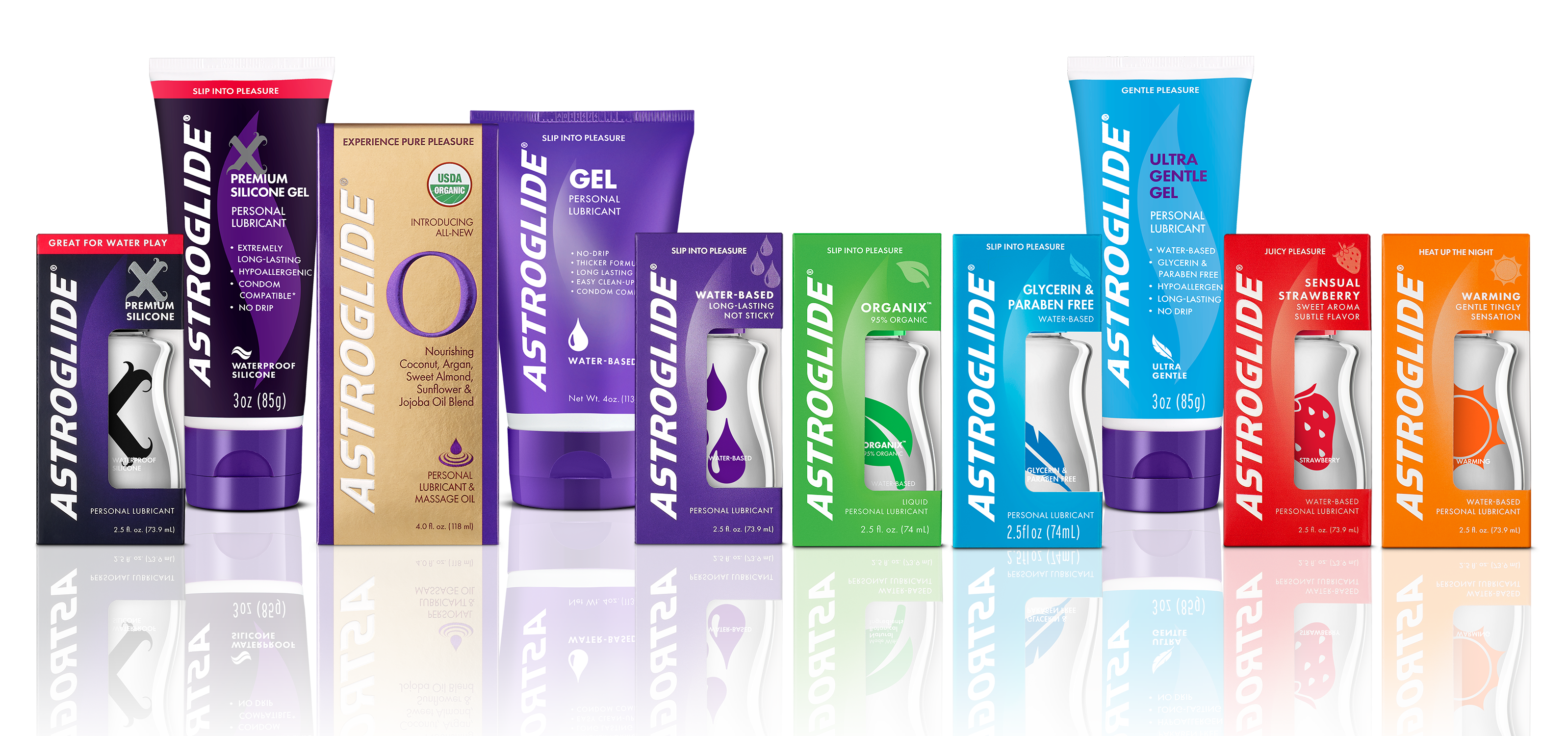11 Things You Didn’t Learn in Your Sex Education Class (But Should Have)
Sexual Health
There are some other basics to keep in mind:
You must give consent.
It doesn’t matter how far you and your partner have gone; if you don’t feel comfortable — SAY STOP. NO means NO.
Lots of people confuse the words sex, gender, and orientation. Let me break THAT down, too.
-
Sex is assigned to you at birth — male or female or intersex (if you have both parts) based on your anatomy (genitalia).
-
Gender identity is how a person expresses themselves — masculine or feminine or androgynous. You can think of gender as how the person feels on the inside.
-
Sexual orientation reflects who a person is attracted to — same sex, opposite sex or both! The same can be said for what we consider “straight”, gay/lesbian, or bisexual. If a trans man is attracted to women, he is considered straight.
Let’s review 11 things that you should have learned in sex ed that you probably didn’t.
1. What does it mean to be transgender?
Transgender means there’s a mismatch between a person’s sex and gender.
A trans man was born a female, but feels that they are a male on the inside. A trans woman was born a male, but feels that they are female on the inside. Contrary to popular belief, transgender people are not like Ru Paul – a drag queen. Drag Queens (or KINGS) dress up like a woman (or man) to entertain you. That’s the difference!
You can’t assume who a transgender person is attracted to. If a trans woman is attracted to women, she is considered a lesbian. If a trans man is attracted to both men and women, then he is bisexual.

2. What does non-binary gender identity mean?
Non-binary is a term that describes all people who don’t identify as just male or female.
3. How do you use the female condom?
The female condom is a pouch with two rings. The outer ring is thin and has a hole in it (open) and the inner ring is thick and doesn’t have a hole in it (closed). Let’s go over the steps to using the female condom.
Step 1: Find a comfy spot. Stand with one foot on a chair.
Step 2: Squeeze the closed, thicker, inner ring together with your fingers
Step 3: Insert it in the vagina just like a tampon. Put the condom in as far back as possible.
Step 4: Let the open, thinner, outer ring hang on the outside of the vulva
Step 5: Guide the penis in the opening of the condom.
Step 6: When you are finished having sex, just twist the outer ring to remove it.
4. What is PrEP?
PrEP is Pre-Exposure Prophylaxis that people at very high risk for HIV take daily to lower their chances of getting infected. PrEP helps prevent an HIV-negative person from getting HIV from a sexual or injection-drug-using partner who’s positive. It’s a pill that you need to take daily on a consistent basis.
5. How do you use emergency contraception?
This is post-coital contraception that is used to prevent pregnancy after you have had unprotected or inadequately protected sex. You can take Plan B within 72 hours after unprotected sex. You can also have your OBGYN, Family Medicine doctor, or midwife insert a Paraguard IUD within 5 days after unprotected sex.

6. Is it okay to masturbate?
Most of you have experimented with female masturbation in your teen years. Studies show 5 out 10 women masturbate. The advantage of orgasms versus masturbation are slightly different. Let’s go over the benefits of masturbation: it improves your sex life. You learn your body and what turns you on. It prevents you from getting pregnant. It prevents you from catching a STD. It makes you feel happy even if you don’t orgasm. It helps you have better orgasms.
Stop feeling shame or guilty about masturbating. Block out the negative messages from your loved ones when you were a child. Oh, and one more thing: masturbation WILL NOT cause hair to grow on the palms of hands, lead to blindness, stunt growth, cause infertility, OR make you gay.
7. Can you get STDs from oral sex?
YES. Use a dental dam for oral sex on the vulva or the anus. You can have some fun if you’d like; use flavored condoms for oral sex on the penis. Just don’t put those condoms in the vagina. We don’t need any infections down there.
8. What is “safer” sex?
Make your man keep his undies on during sex. Just pull the penis out of that hole in the front and put a condom on it. This way there’s no skin-to-skin contact or genital-to-genital contact, which means you can’t get HPV or Herpes Simplex virus.
9. Which type of lube should I use?

Try using water-based or silicone-based lubes. Use only water-based lube with your silicone made sex toys. Oil-based lubes can rip latex condoms, so be careful about which type of lube you choose — and use ASTROGLIDE’s Lube Selector Tool to make the right choice!
10. Which type of sex toys are safe?
Buy Silicone (MY FAVORITE & THE BEST). They are flexible and warm up with the body. They can tolerate high temperatures so you can wash them in the dishwasher. Their best feature is that they are non-porous, meaning no pores – so nasty bacteria can’t hide in it when you clean it. Make sure you buy the best – 100% medical grade silicone.
11. What are orgasms?
An orgasm is the peak of sexual pleasure. You will have uncontrolled muscle contractions in your vagina and anus, as well as the uterus due to the release of oxytocin. Then your body releases dopamine which makes you feel happy.
Your heart rate increases, you breathe heavier, your blood pressure increases, and your entire body is flushed due to norepinephrine. Then serotonin is released which makes you sleepy.
There are nine big benefits of reaching the Big “O.” Orgasms relieve stress, alleviate chronic pelvic pain, help you sleep better, beat depression, boost your immune system, can make you smarter, can make you live longer, can make you look younger, and can help fight heart disease.
Did you learn a few things? GREAT! Remember sex is normal, natural, and needed.
What AND who you are doing in the bedroom is your business AND should be kept that way. You must give consent. It doesn’t matter how far you and your partner have gone – if you don’t feel comfortable, SAY STOP. NO means NO. Don’t be afraid to ask questions.
Questions about sex ed are common and necessary for adults. You just need to get the information from the right source.
Images are for illustrative purposes only.
